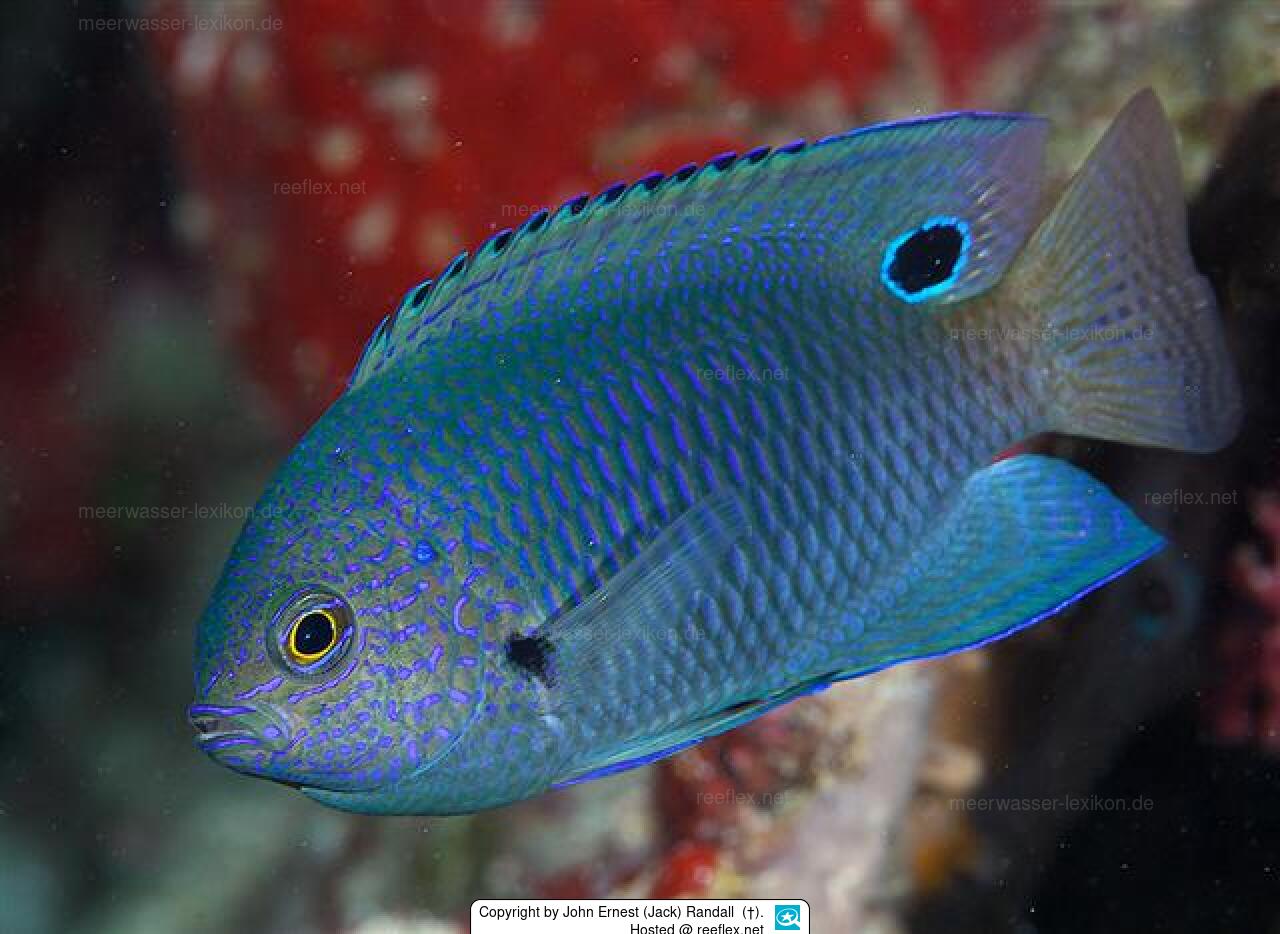Info
Synonymised names
Pomacentrus arenarius Allen, 1987 · unaccepted
Pomacentrus nagasakiensis is commonly referred to as Nagasaki Damsel, Blue-scribbled Damsel, Sandy Damsel. Difficulty in the aquarium: Easy. A aquarium size of at least 300 Liter is recommended. Toxicity: Toxic hazard unknown.

 Dr. John Ernest (Jack) Randall (†), Hawaii
Dr. John Ernest (Jack) Randall (†), Hawaii
Courtesy of the author Dr. John Ernest (Jack) Randall (†), Hawaii . Please visit hbs.bishopmuseum.org for more information.
Uploaded by AndiV.
Image detail
The offspring of Pomacentrus nagasakiensis are possible. Unfortunately, the number of offspring is not large enough to cover the demand of the trade. If you are interested in Pomacentrus nagasakiensis, please ask your dealer for offspring. If you already own Pomacentrus nagasakiensis, try breeding yourself. This will help to improve the availability of offspring in the trade and to conserve natural stocks.